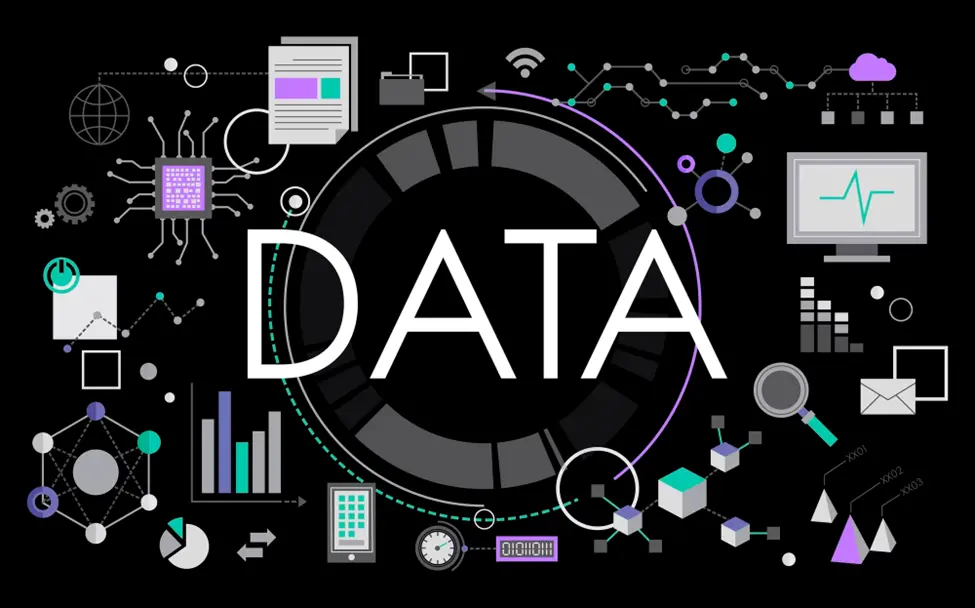Once you receive a massive dataset brimming with potential insights, what’s your first step? Exploratory data analysis (EDA) should initiate your analytical process. This analytical method facilitates a comprehensive understanding of your data and sets the foundation for more complex, hypothesis-driven analyses.
If you’d like to learn more about this approach, read on, as we’re just getting started.
What is EDA?
Exploratory data analysis, or EDA, is an approach used in statistics and data science to make sense of a dataset’s main characteristics, often through visual methods. To get a better idea of EDA meaning, consider it as your first encounter with a dataset. It helps you understand the data, assess assumptions, build an intuitive sense of it, and identify potential patterns or outliers that may not have been immediately apparent.
The great thing about EDA is its simplicity and flexibility. It does not operate under any predefined notions or hypotheses. Instead, it encourages exploration and reveals questions that might not have been considered earlier.
Why exploratory data analysis is important?
The significance of EDA extends far beyond its ability to merely dissect data. It’s an integral component of successful business operations related to decision-making, risk management, and strategy development.
Data quality
First, the importance of exploratory data analysis lies within its role in determining the quality of data. With this method, you can identify missing values, outliers, or inconsistent data.
For example, you have a retail business with multiple stores across various regions. With exploratory analysis, you’ll be able to track higher sales in specific locations or during certain periods. This will help you while planning targeted marketing campaigns, optimizing stock management, or planning expansion.
Data simplification
Second, EDA makes complex data more comprehensible. With histograms, box plots, scatter diagrams, and other visualizations, you’ll spot trends, patterns, and relationships that might otherwise be overlooked in a raw, tabulated dataset.
Let’s take the example of a tech startup looking to expand its user base. With simple visuals, the team can reveal what features are most used, the most common user journey, or even churn rates. As a result, get insights for feature development or user experience enhancement.

What are the types of EDA?
Broadly, there are three main types of EDA in data analysis:
- Univariate analysis is usually the first step in EDA. It examines each variable’s characteristics and distribution in isolation. So, it helps understand the central tendency (mean, median, mode) and dispersion (range, variance, standard deviation) of the data. You may want to use it to study sales per quarter, customer age distribution, or average transaction values.
- Bivariate analysis examines two variables simultaneously to discover potential relationships or associations between them. You may want to use it to explore the relationship between customer age and spending habits or to understand the correlation between advertising spend and sales figures.
- Multivariate analysis extends to three or more variables. It uncovers complex relationships and interactions between multiple variables at once. For example, e real estate company could consider numerous variables such as the number of bedrooms, location, age of the property, and proximity to amenities to determine property price.
Risks and challenges of exploratory analysis of data
Exploratory analysis is the simplest method of statistical data processing. Yet, it doesn’t mean that you are safeguarded from potential risks and challenges.
Over-reliance on assumptions
EDA is exploratory and often subjective by nature. So, you run the risk of making assumptions or over-interpreting patterns that may not be significant. For example, you might assume a correlation between two variables indicating causation, which will lead to incorrect conclusions.
Overfitting data
In an attempt to uncover complex relationships, there’s a danger of overfitting. This occurs when a model is too closely fitted to the training data. Thus, you may be capturing noise and anomalies along with underlying patterns. While it might seem to perform exceptionally well on the training data, it could fail to generalize to new, unseen information.
Data quality issues
The quality of insights you may derive from exploratory data analysis in data science is inherently dependent on the quality of the input data. Missing values, inconsistencies, or outliers can influence the outcome of your analysis. Therefore, we insist that data cleaning is a must if you want to get powerful results.
The ‘curse of dimensionality’
As you run multivariate analysis and deal with numerous variables, you may encounter the ‘curse of dimensionality.’ It’s when the volume of data grows exponentially with each additional dimension. As a result, you may find that the analysis is computationally intensive and difficult to interpret. This increases the risk of overfitting, too.
Difficulty in replication
EDA often involves a significant degree of trial and error. This allows you to explore various avenues and methods. But without careful documentation of each step, you may find it challenging to replicate the analysis or achieve consistent results.

EDA for data mining: why it’s important
Exploratory data analysis and data mining are two sides of the same coin. Though, each provides a unique perspective on the dataset in question.
Data mining helps identify patterns, correlations, and anomalies within large datasets. Its goal is to extract valuable information and knowledge that aid decision-making. Techniques used in data mining are varied. You can use anything from machine learning to database systems.
EDA in statistic, on the other hand, foreruns this process and gives a comprehensive understanding of the data’s characteristics before delving into deeper analyses.
| EDA | Data mining | |
|---|---|---|
| Role | Data understanding and preparation | Extracting patterns and prediction |
| Techniques | Univariate, bivariate, and multivariate analysis | Classification, regression, clustering, association rule mining, etc |
So, how do these two relate? EDA and data mining are not competing methodologies. Instead, they are complementary, each contributing to the overall objective of extracting knowledge from data.
- Preparatory role of EDA. EDA often informs data mining. Through exploratory data analysis, you get to understand the data’s structure, identify outliers, discover patterns, and test assumptions. These insights guide the choice of appropriate data mining techniques.
- Data cleaning & transformation. EDA helps identify data quality issues and is often accompanied by data cleaning. This cleaned and sometimes transformed data is then fed into the mining algorithms to extract patterns and rules.
- Pattern recognition. While data mining uncovers hidden patterns and rules in the data, exploratory analysis visualizes these patterns. Thus, it makes them easier to understand and interpret.
- Iterative nature. Both EDA and data mining are iterative in nature. Insights gathered from one round of exploratory analysis lead to more refined mining. Similarly, the outcomes of data mining can lead back to further exploratory analysis.
Conclusion
From clarifying data structure to revealing hidden patterns, EDA forms an indispensable part of any data-driven decision-making process. Still, don’t consider this method as a destination. Think of it as of a launching pad for deeper analysis and further investigations.
However, the effectiveness of exploratory analysis rests not just in understanding its concept but in its strategic application. As with any tool, the value derived from it depends greatly on the skills of the person wielding it. Consider consulting with Nannostomus data analysis experts or enhancing your team to leverage the full potential of this approach. Contact us today to discuss how we can help you get more value from data.




